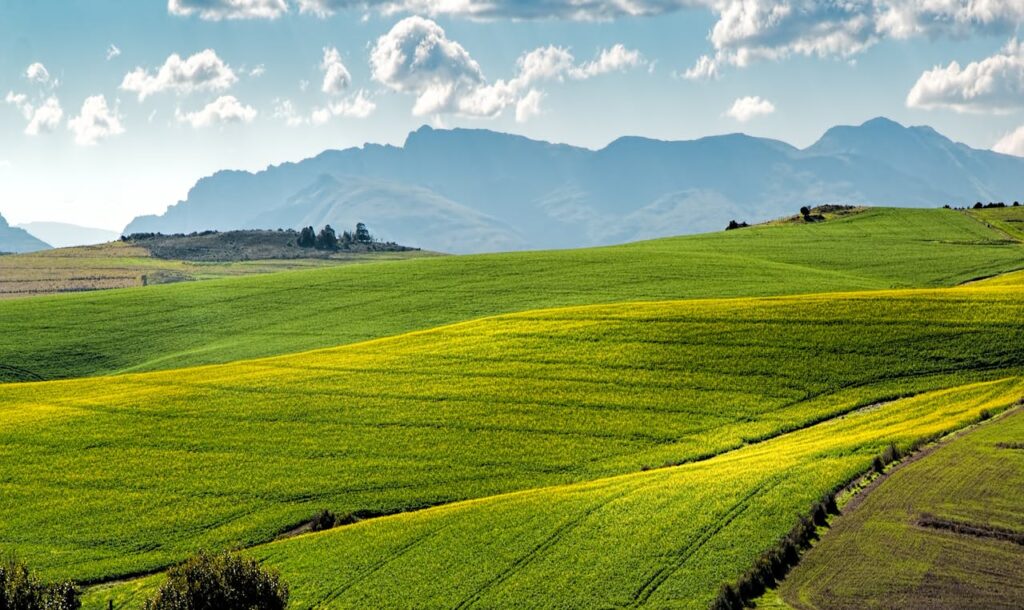In the age of fast-loading websites and even faster fashion trends, there’s one thing we often forget… the internet has a carbon footprint. That’s right, the internet isn’t as clean as we think. In fact, every time you load a webpage, energy is consumed – lots of it. But here’s the good news: making your website more eco-friendly doesn’t just help save the planet, it can also boost your SEO rankings. Welcome to the wonderful world of Green SEO.
Why Does the Internet Have a Carbon Footprint?
You know all those servers that host websites and store your precious data? They’re sitting in data centres that need power, lots of power, to stay cool and working; all of this adds up. It’s estimated that the internet’s carbon footprint is roughly the same as the aviation industry. So, while you’re binge-watching videos on TikTok, keep in mind that those servers are working hard, and they’re not exactly energy-efficient.
What is Green SEO?
Green SEO is about optimising your website for better performance and a lower environmental impact. It’s the intersection between sustainability and search engine optimisation, where your website can rank higher while emitting fewer greenhouse gases.
Sounds pretty cool, right? But how does this work?
How Sustainable Websites Can Improve SEO Rankings
Google loves fast, efficient websites. In fact, speed and performance are major ranking factors. A slow website can frustrate users and send them back to the search results, hurting your SEO. But an energy-efficient website is often a faster one, too! Here’s how being eco-friendly can help your site climb the search engine ranks:
1. Faster Loading Times
A greener website means optimised images, reduced code, and fewer unnecessary scripts running in the background. When you clean up your site, it loads faster. And since Google ranks speed as one of its top factors, you’ll get a nice little SEO boost for your efforts.
2. Better User Experience
No one likes waiting for a page to load, especially when attention spans rival that of a goldfish. A faster, more efficient website keeps users happy and engaged. Lower bounce rates and longer dwell times signal to Google that your site is worth sticking around for, which is great for SEO.
3. Reduced Hosting Requirements
The leaner your website, the fewer resources it takes to function. This means less demand on your hosting provider’s servers, which in turn requires less energy. Some hosting providers even offer green hosting, powered by renewable energy sources. Going with one of these eco-friendly hosts can further reduce your website’s carbon footprint and maybe even earn you some extra brownie points with Google.
4. Positive Brand Image
In today’s market, consumers are more eco-conscious than ever. Aligning your brand with sustainable practices not only helps the environment but also boosts your credibility. When people see that you care about the planet, they’re more likely to trust your business. And we all know that trust leads to better engagement, more backlinks, and improved SEO.
5. Eco-Friendly Certifications
If you’re really serious about going green, consider obtaining certifications like the Green Web Foundation’s eco-label. These can add credibility to your site and attract a new, environmentally conscious audience. Plus, backlinks from reputable, eco-friendly sources can give your SEO a significant push.

Practical Tips to Make Your Website More Sustainable
Now that you’re sold on the idea of Green SEO, let’s talk about how you can actually implement it. Here are a few tips to make your site more eco-friendly (and SEO-friendly):
Optimise images: Compress images without sacrificing quality. This reduces the load on servers and improves page speed.
Minimise code: Remove unnecessary code, scripts, and plugins that slow your site down. Every line of code counts.
Choose green hosting: Look for hosting providers that use renewable energy sources to power their servers.
Cache your content: Use caching techniques to store data locally, reducing the number of times a server needs to load it.
Embrace lazy loading: Lazy loading ensures that images and videos only load when they appear in the user’s viewport. This reduces energy usage and speeds up your site.
Go static: If possible, opt for static websites instead of dynamic ones. Static sites require fewer server resources, which means less energy consumption.
Green SEO: The Future of Optimisation
As consumers and companies become more environmentally aware, Green SEO is poised to be the next big trend in digital marketing. Not only does it benefit the planet, but it also helps businesses create faster, more efficient websites that rank higher and provide better user experiences. It’s a win-win situation: good for your business, great for SEO, and fantastic for the Earth.
So, next time you think about optimising your website, remember it’s not just about keywords and backlinks anymore. It’s about reducing your digital carbon footprint whilst improving your SEO. Now, that’s something to feel good about!



